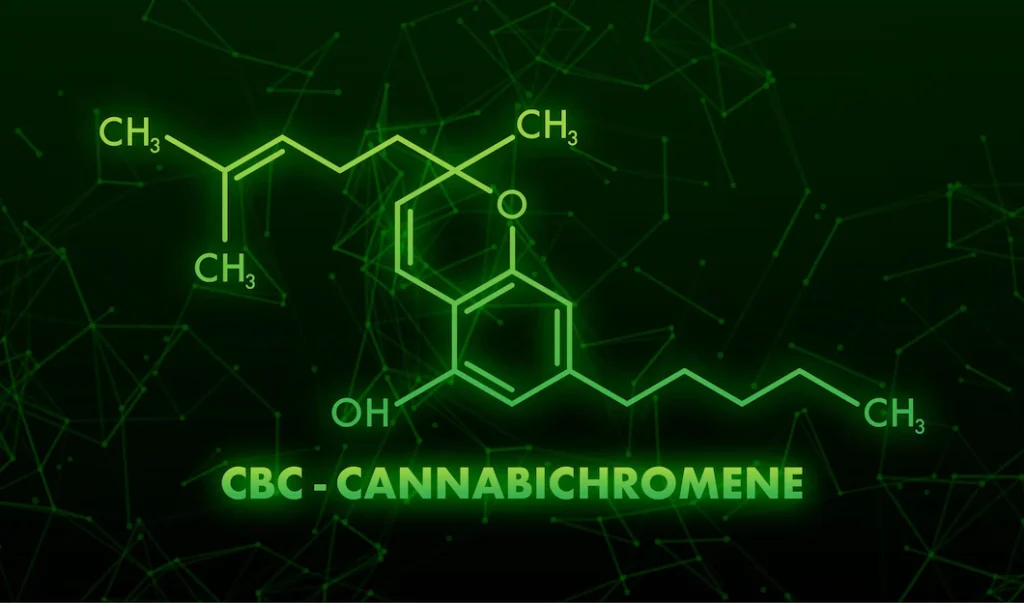
The Three Musketeers: Vitamins ADK
September 16, 2020

Today’s post is wrapping up our vitamin segment with the Three Musketeers: vitamins A, D, and K. These three vitamins work synergistically to support essential systems in the body and to promote optimal wellness. Vitamins A (known as retinol), D (calciferol), and K (phytonadione) belong to a class of fat-soluble vitamins. This means they dissolve in fats well and are most beneficial when taken with food because they are absorbed with the fats in our diet. Let’s break down each of these vitamins and then see how they work together.
The first vitamin ever discovered: Vitamin A
Much of what we’ve discovered about vitamin A along the way has been found through good old observation. Scientists as early as 1816 discovered that something was causing eye ulcers in malnourished dogs. By 1912, English biochemist Frederick Gowland Hopkins, found that some unknown factor was present in milk that aided in the growth of his rats. Later in 1913, three American-university students, Elmer McCollum (University of Wisconsin-Madison) along with Lafayette Mendel and Thomas Burr Osborne (both from Yale University) independently verified Hopkins earlier discovery of that “unknown factor” while researching the role of dietary fats. In 1920, they named it vitamin A. Seventeen years after his initial discovery, Hopkins was awarded the Nobel Prize in Medicine for his findings.

As with many other discoveries, the discovery of vitamin A, the name of the group of fat-soluble retinoids, including retinol, retinal, and retinyl esters, can be attributed to many individuals over time. Building on the research from the beginning of the 20th century, more scientists uncovered the link between vitamin A and yellow-pigmented plants, or those high in beta-carotene. By the 1930s, Swiss chemist Paul Karrer described the chemical structure of vitamin A and in 1941 two Dutch chemists, David Adriaan van Dorp and Jozef Ferdinand Arens, were able to synthesize vitamin A in their laboratory.
What Vitamin A does
Thanks to the discovery of and foundational research on vitamin A, science has continued to uncover amazing properties of vitamin A. Recent research has shown the importance it has in supporting hydrated and healthy skin*, eye health*, healthy cell growth and development* and immune system function*. There have been many studies on how beta-carotene, when converted to vitamin A, helps your vision in low or dim light and may help slow the decline of poor eyesight related to aging.1 In addition to supporting aging eyes, vitamin A in the form of beta-carotene has also been observed as an important player in the role of healthy cell development and growth.2,3,4 More research is needed but current evidence suggests that getting adequate vitamin A from trusted sources may support healthy cell division.5
So, where can you get a steady supply of vitamin A? One place is from food, of course! Vitamin A comes in two forms: preformed, from animal food sources and from beta-carotene-rich plant sources. Vitamin A from plant sources must be converted from the beta-carotene. Preformed Vitamin A from meat and animal products also needs to be metabolized into an active form of vitamin A the body can use. Foods high in vitamin A include:
- Beta-Carotene sources
- Orange and yellow fruits and vegetables
- Broccoli
- Spinach
- Most dark green, leafy vegetables (i.e. mustard greens, collard greens, kale, etc.)
- Fortified breakfast cereals
- Preformed sources
- Dairy (fortified milk, cheese, yogurt, etc.)
- Cod liver oil
- Eggs
- Meat, fish, liver
We definitely should have listened to our mothers, “Eat your fish! Eat your spinach! Eat your carrots so you’ll have good eyesight!”

As we mentioned previously, the synergistic relationship that A, D, and K have is astounding. When taken individually, we feel the benefits. However, when taken together, the level of our overall health and wellness skyrockets. Check out vitamin D and vitamin K can do!
Discovery of Vitamin D & K
As science furthered the research into vitamins throughout the early 20th century, their vital role in our health became more and more apparent. Sir Edward Mellanby, University of Cambridge professor, followed Elmer McCollum’s vitamin work while [Mellanby] was investigating the high instance of a disease called rickets throughout the United Kingdom. He proposed that rickets, a softening and weakening in the bones of children, was caused by something missing from their diets. Mellanby’s work to prevent rickets led to his discovery of vitamin D in 1919. Nearly simultaneously, Dr. McCollum was researching vitamin D and came to the same conclusion in the United States as Sir Mellanby had in the United Kingdom. Manufacturers started the process of fortifying cereals, milk, and milk formula6 with vitamin D throughout the 1920s. By 1930, in the United States, fortified milk and milk formula was so commonplace it was found on supermarket shelves across the country.
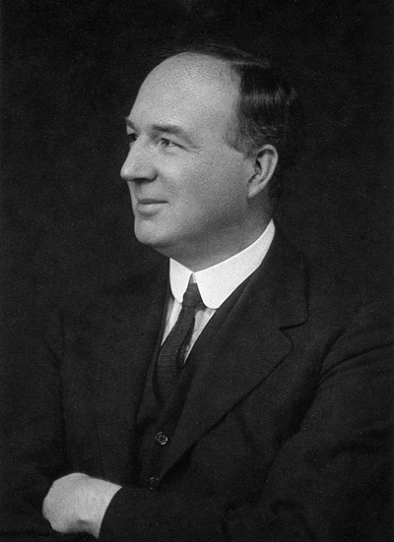
It would be a full 10 years later, in 1929, that scientists in Denmark discovered vitamin K. Henrik Dam and his colleagues discovered vitamin K while studying the role of cholesterol in our diets. People whose diets lacked vitamin K experienced frequent bleeding, so Dam thought that there had to be another compound in the diet that prevented bleeding. After many years of research, Dam discovered that a factor in hempseed prevented bleeding and called it the “coagulation vitamin.” They designated it in German as Koagulations vitamin, which is how the new vitamin got its name—vitamin K.7 Professor Henrik Dam and Professor Edward Doisy, were both awarded the Nobel Prize in Medicine in 1943.

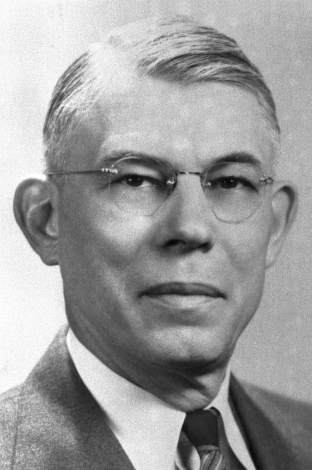
What Vitamin D & K do
The discovery of these three vitamins revolutionized how people thought about nutrition and its relationship to our health. Not just how to keep from being hungry, but how vitamins actually benefit our body’s systems. With regards to D and K, vital information emerged that helped reduce the risk of certain diseases, like rickets, all over the world. It was found that vitamin D helps our body absorb calcium which is needed for healthy teeth* and bone growth and development*. Vitamin D was also nicknamed the “sunshine vitamin” because it is naturally produced in your skin as a response to sunlight. Several studies between 2006 and 2010 also demonstrated vitamin D’s ability to help reduce the likelihood of becoming ill by supporting your immune system.8 In fact, the purchase of vitamin D supplements has increased over the decades as consumers take an active role in their overall health. There has been a significant increase of vitamin D sales over the last 6 months, likely due to vitamin D being repeatedly shown to support immune responses, especially offering support for the respiratory sytem.*9 Vitamin D might also be called the sunshine vitamin because it supports emotional balance* and helps put you in a good mood. Several studies indicate that vitamin D plays an important role in regulating mood, as the studies demonstrated that people who take vitamin D experience reported improvements in how they felt.10
Vitamin K is beneficial to our heart* and circulatory system*, and for healthy bone growth and development*, especially since red blood cells are made in the bone marrow. Vitamin K makes proteins that are crucial to normal blood clotting, which is why Professor Dam’s research on frequent bleeding due poor diet was life saving. Vitamin K also helps with the absorption of calcium. Vitamin D works synergistically with vitamin K to ensure that calcium is absorbed easily by creating proteins that vitamin K needs to integrate the calcium into the bone.
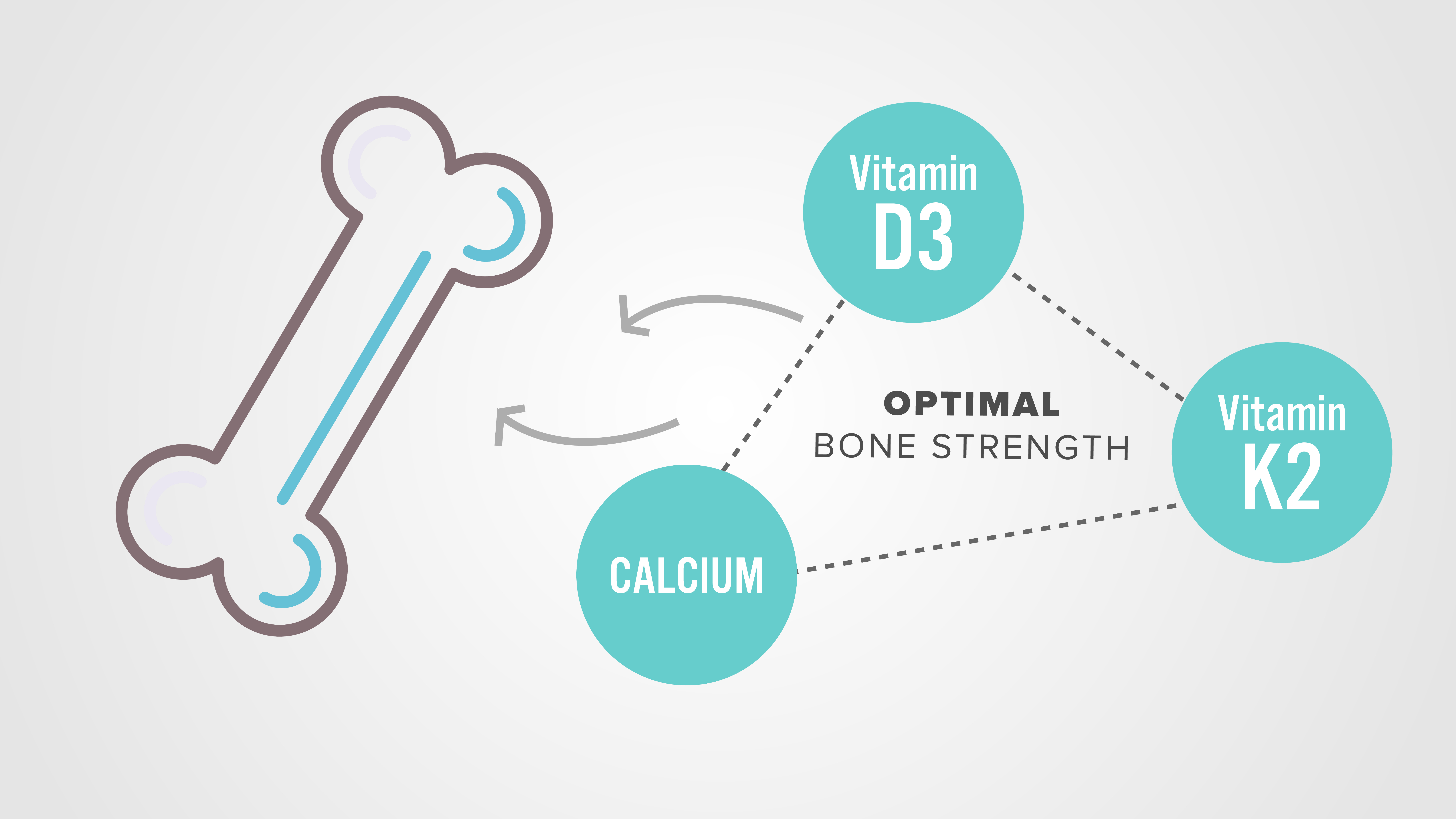
Many studies of vitamin K on the heart and circulatory system continue to illustrate the important role vitamin K plays in our overall health and wellness. We know now that vitamin K is what helps our blood clot. This is why it is so important for people taking blood thinners, like the commonly prescribed medication Warfarin, to avoid vitamin K supplements unless otherwise instructed by your healthcare provider. Blood-thinner medication does just what its name suggests, thins the blood. Adding supplemental vitamin K works directly against the action of the medication. Researchers continue to study the synergistic effects of taking vitamin K and D together to optimize heart* and circulatory system health*. One specific study about the synergy of vitamin K and vitamin D demonstrated that taking both vitamins was more effective than taking just one or the other.11 Many other observational studies have described through anecdotal evidence the effects of taking vitamin K for heart health,12,13,14 but more concrete quantitative research is still needed to support these studies.
How can you get your vitamin D and K? Food, sunshine and supplements are the way to go. Foods high in vitamin D include:
- Fatty fish (salmon, tuna, mackerel, sardines, trout)
- Fish liver oils
- Beef liver
- Dairy (whole milk, yogurt, cheese)
- Egg yolks
- Plants (Mushrooms, soymilk, rice drink, almond milk)
- Fortified cereals
- Fortified orange juice
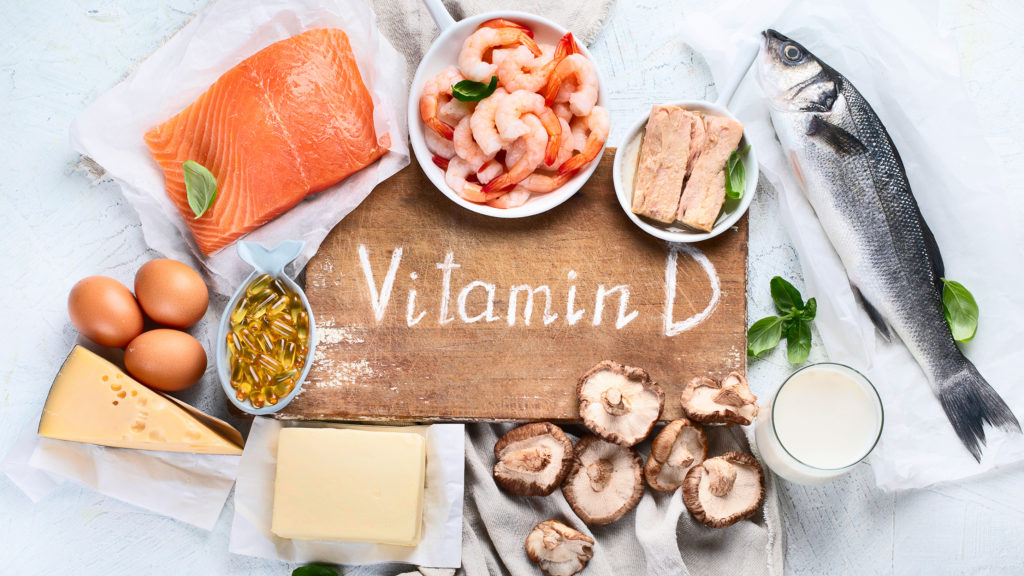

Ensuring vitamins A, D, and K are incorporated into our diets, whether through our food or dietary supplements, further supports our overall health and wellness. Kids, listen to your parents! Keep eating your veggies!
Join us next time when we explore the role and benefits of essential mineral supplements!
1 Wu J, Cho E, Willett WC, Sastry SM, Schaumberg DA. Intakes of Lutein, Zeaxanthin, and Other Carotenoids and Age-Related Macular Degeneration During 2 Decades of Prospective Follow-up. JAMA Ophthalmol. 2015;133(12):1415-1424. doi:10.1001/jamaophthalmol.2015.3590
2 Chen F, Hu J, Liu P, Li J, Wei Z, Liu P. Carotenoid intake and risk of non-Hodgkin lymphoma: a systematic review and dose-response meta-analysis of observational studies. Ann Hematol. 2017;96(6):957-965. doi:10.1007/s00277-016-2898-1
3 Zhang X, Dai B, Zhang B, Wang Z. Vitamin A and risk of cervical cancer: a meta-analysis. Gynecol Oncol. 2012;124(2):366-373. doi:10.1016/j.ygyno.2011.10.012
4 Yu N, Su X, Wang Z, Dai B, Kang J. Association of Dietary Vitamin A and β-Carotene Intake with the Risk of Lung Cancer: A Meta-Analysis of 19 Publications. Nutrients. 2015;7(11):9309-9324. Published 2015 Nov 11. doi:10.3390/nu7115463
5 Doldo, E., Costanza, G., Agostinelli, S., Tarquini, C., Ferlosio, A., Arcuri, G., Passeri, D., Scioli, M. G., & Orlandi, A. (2015). Vitamin A, cancer treatment and prevention: the new role of cellular retinol binding proteins. BioMed research international, 2015, 624627. https://doi.org/10.1155/2015/624627
7 History. (2015). Retrieved August 21, 2020, from https://menaq7.com/k-vitamins-overview/history/
8 Urashima M, Segawa T, Okazaki M, Kurihara M, Wada Y, Ida H. Randomized trial of vitamin D supplementation to prevent seasonal influenza A in schoolchildren. Am J Clin Nutr. 2010;91(5):1255-1260. doi:10.3945/ajcn.2009.29094
9Runestad, T. (2020, June 09). Why natural retailers should emphasize vitamin D to consumers for immune support. Retrieved September 11, 2020, from https://www.newhope.com/vitamins-and-supplements/why-natural-retailers-should-emphasize-vitamin-d-consumers-immune-support
10 Armstrong, D.J., Meenagh, G.K., Bickle, I. et al. Vitamin D deficiency is associated with anxiety and depression in fibromyalgia. Clin Rheumatol 26, 551–554 (2007). https://doi.org/10.1007/s10067-006-0348-5
11 van Ballegooijen, A. J., Pilz, S., Tomaschitz, A., Grübler, M. R., & Verheyen, N. (2017). The Synergistic Interplay between Vitamins D and K for Bone and Cardiovascular Health: A Narrative Review. International journal of endocrinology, 2017, 7454376. https://doi.org/10.1155/2017/7454376
12 Theuwissen E, Smit E, Vermeer C. The role of vitamin K in soft-tissue calcification. Adv Nutr. 2012;3(2):166-173. Published 2012 Mar 1. doi:10.3945/an.111.001628
13 Geleijnse JM, Vermeer C, Grobbee DE, et al. Dietary intake of menaquinone is associated with a reduced risk of coronary heart disease: the Rotterdam Study. J Nutr. 2004;134(11):3100-3105. doi:10.1093/jn/134.11.3100
14 Gast GC, de Roos NM, Sluijs I, et al. A high menaquinone intake reduces the incidence of coronary heart disease. Nutr Metab Cardiovasc Dis. 2009;19(7):504-510. doi:10.1016/j.numecd.2008.10.004
About Zilis’ Scientific Research & Development Department
Our Scientific Research and Development Department is headed up by Dr. Marielle Weintraub, a hemp industry expert. She holds a master’s and a PhD in Behavioral Neuroscience and is very active in many dietary supplement and hemp industry trade associations, including her role as the current President of the U.S. Hemp Authority. Dr. Weintraub is committed to the continued development of hemp-specific information and testing to fulfill the Zilis mission.
Science posts for Discover are co-researched and co-written by Kelly McGill, Senior Scientific Technical Writer at Zilis. Kelly holds a bachelor’s degree in English and a master’s in Linguistics / TESL. She has been writing science-related content for over 20 years and is an expert in making difficult concepts easy to understand.
Zilis is the creator of UltraCell™, a CBD oil product derived from hemp. Based in Argyle, Texas, a suburb of Dallas-Fort Worth, Zilis is privately held. Visit zilis.com for more information.
SHARE THIS POST
ABOUT THIS BLOG
Discover : The blog with the lifestyle, nutrition, science, and history of the hemp industry.
It’s your go-to for the most up-to-date information on hemp, CBD, dietary supplements, and more! Check it out!







